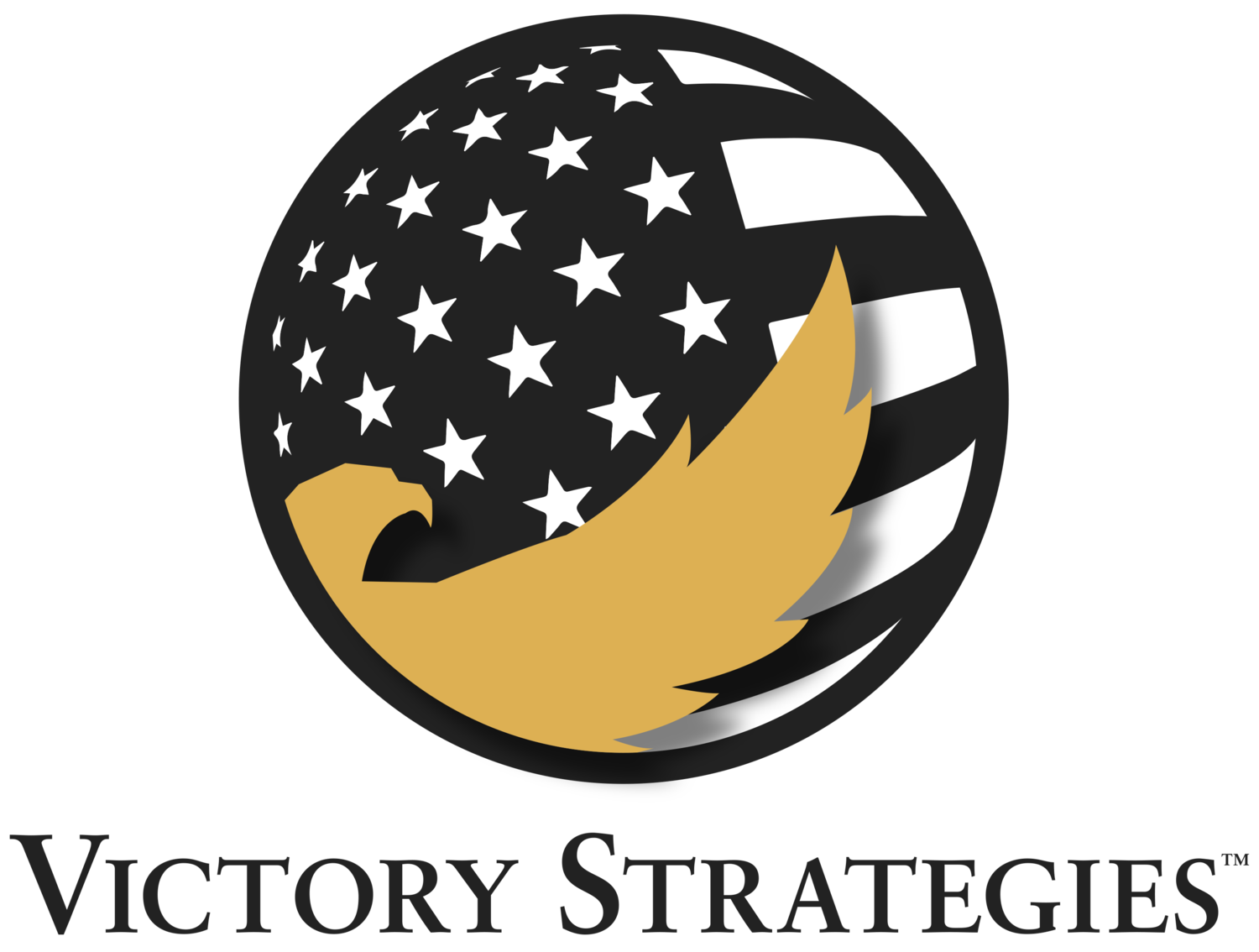In the rapidly evolving landscape of the 21st century, leaders across various domains are increasingly turning to Artificial Intelligence (AI) as a formidable ally in the decision-making process. The fusion of advanced algorithms, vast data repositories, and computing power has unlocked the potential for AI to serve as a critical tool in aiding leaders to navigate complex challenges and opportunities. This article explores the multifaceted ways in which AI empowers leaders to make informed and strategic decisions, highlighting its impact on enhancing efficiency, mitigating biases, and harnessing predictive insights. As we delve into this subject, we will uncover the profound implications of AI's integration into leadership roles, shedding light on its role as a catalyst for innovative and transformative change in today's dynamic and interconnected world.
Figure 1
ChatGPT created the paragraph above in 1.5 seconds from my message, “Create an opening paragraph for a 1500-word essay that describes how AI helps leaders make decisions.” Over the past several years, I worked across industries and roles that increasingly embrace AI, Machine Learning (ML), and predictive analysis. A quick online search finds multiple examples, opinions, and stories about the trepidation surrounding AI, its increasing ubiquity, and how it can help people make decisions at a pace previously unthinkable. While anyone can argue the merits and risks of AI and ML, I seek to highlight how it can help leaders in organizations make more rapid, clear, and informed decisions. I will explore it based on a military model, created by a famous Air Force fighter pilot, John Boyd.
In his book, Boyd: The Fighter Pilot Who Changed the Art of War,[1] Robert Coram described Boyd’s Observe, Orient, Decide, Act (OODA) decision-making paradigm, developed in the 1950s (Figure 2).
Figure 2
Boyd’s relatively simple model allowed him, countless leaders, and operators to visualize a decision-making model, especially as practitioners had to accelerate their decision-making, based on greater speed and ranges with faster jets and weapons, computing, and automation capabilities. When he produced this model, machines assisted in speeding actions, but did little to help provide the right information for a decision-maker to make decisions. 65 years later, we can observe applications of this accelerated process by observing the use of technology in the war in Ukraine, AI-based algorithms that drive the equities markets daily, predictive maintenance for the airlines, and AI-based technology that helps security professionals identify potential threats. The sheer volume of data that inundates leaders across functions, as well as geopolitical, market, and environmental factors that shape the operating environment creates a real dilemma. Without AI/ML solutions, this large amount of information would force leaders to choose one of several pathways. Leaders could choose to discount a substantial portion of the data, focusing on the information that they deem relevant and important. However, discounting other factors would prevent all relevant information from consideration, creating a sub-optimal decision. Leaders could also choose to assimilate as much information as possible, but this could cause near paralysis in attempting to process it. When introduced into the OODA loop cycle, leaders can capitalize on AI/ML, but only if they provide their vision to their team that describes what information they need and how they intend to use it.
During my time as a military leader, I learned to plan tactically, operationally, and strategically by categorizing information that maximized relevant facts while attempting to turn assumptions into facts. Leaders performed this process by carefully describing the information they needed to make decisions. Military leaders call this information Commander's Critical Information Requirements (CCIRs). Historically, leaders relied on sensors, human and unmanned, and staff estimates to answer these CCIRs. Now, through guidance with filters on the type of information to gather, leaders can receive CCIRs in real time, often in parallel with ongoing planning that causes them to make faster, better decisions, based on more complete information that minimizes assumptions.
This application of AI/ML-based, real-time CCIRs can apply to any modern-day organization. Information across operating environments can come so fast, it has the potential to overwhelm us. Harnessing AI/ML requires leaders to issue guidance on what and how to harness this data, similar to the ways that leaders issue guidance for financial, strategic, or functional planning. In a comparable way to how military leaders use CCIRs, leaders must consider the information and input from their staff, but leaders' intuition remains important as they make decisions. AI/ML simply helps to build a better, more complete picture of the operational environment as the leader considers their options. Essentially, AI/ML allows the leader to accelerate their OODA loop, reducing the risk of making decisions based on incomplete information.
As stated by numerous experts in the field, AI/ML, like any other technology, has the potential for great benefit and harm. This technology will respond to the algorithms, parameters, and programming that humans set. Harnessing AI/ML would require leaders to make the right choices but focus on the filters and questions to ask to gather the right facts. How does your organization use AI/ML? Are you asking the right questions?
Authored by: Matt Weinshel, Managing Director
[1] Visual Paradigm Online. Accessed October 1, 2023. https://online.visual-paradigm.com/knowledge/decision-analysis/what-is-ooda-loop/.
[2] Coram, Robert, Boyd: The Fighter Pilot Who Changed the Art of War. Boston, Little, Brown, 2002.
[3] Nichols, Chris. “Using the OODA Loop for Faster Bank Decision Making.” SouthState Correspondent Division, September 19, 2022. https://southstatecorrespondent.com/banker-to-banker/using-the-ooda-loop-for-faster-bank-decision-making/.


